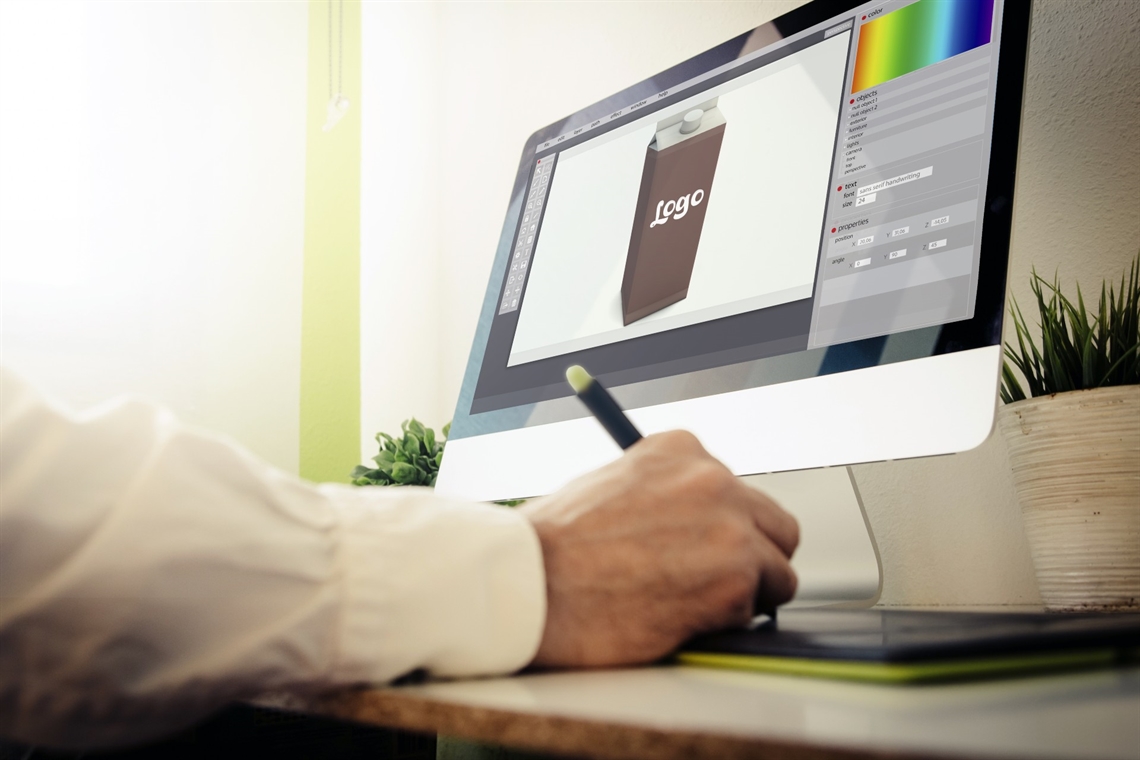The Relationship Between Packaging Design and Marketing
07 October 2021
Everyone who has taken a business class remembers the four Ps of marketing: Product, Price, Placement, and Promotion. You may wonder how important packaging design elements fall in the mix. While some argue that packaging falls under “promotion” because of the attention it draws for the product. Others say the packaging is in a category of its own: The elusive 5th P. That’s something worth exploring.
Let's break down the essential role of packaging in the marketing mix.
Self-Service Information For The Consumer
A vital part that packaging plays--especially in newer or recently launched products--is the package's information. The instructions can tell a consumer how to install the product, prepare or cook the product, or apply the product. It can also indicate any precautions that might be needed while using the product.
When products are sold in large quantities, such as at a grocery store, where a consumer has many choices, the product must contain this information, or a potential consumer may decide to pass it up in favor of another product with better packaging.
It's also worth mentioning that packing is a great place to put disclaimers that protect the company. Many of us can remember what happened when a consumer spilled the contents of her McDonald's coffee on her lap and successfully sued the company for not telling her the beverage was that hot.
Innovative Design Boosts Sales
A well-design product package has the ability to evoke powerful emotions in consumers. While the consumers themselves may not realize what is happening as they reach for their wallets, designers do. Studies show looking at that looking at more attractive packaging caused more heightened brain activity than plain, or neutral-looking, packaging. Unattractive packaging provoked movement in areas of the brain associated with negative emotions. We can conclude that consumers are more likely to reach for beautiful packaging.
Branding and Design
In many cases, brand image and brand recognition rely on the packaging of the product. One example of iconic packaging that is in almost every household is the Heinz ketchup bottle. Heinz debuted a keystone-shaped glass bottle in 1876, and just 14 years later, they designed the classic bottle that still resides in the hearts, and the kitchens, of the country.
The Amazon delivery box is another example of excellent design in packaging. What else can send your heart racing faster than that brown box with the Amazon arrow? Consumers associate packaging with the brand itself, and they often become interchangeable.
Differentiation
Another crucial role of packaging is to differentiate between brands and products within the same line. Imagine how boring and confusing it would be for the consumer if all products looked the same. That's why companies spend time and marketing dollars differentiating their products from their competitors through beautiful packaging.
Take Redken shampoo and conditioner, for example. Each bottle is color-coded for its intended purpose: Blonde Hair Care, Curly & Wavy, Dandruff, Damaged Hair, and more. That means that the consumer can remember the color or look of the bottle they need, and they can quickly grab it off the shelf. The bottles are also distinguishable from the competition, which is essential in the highly competitive haircare market.
As a whole, the beauty industry is also turning towards flexible packaging to add convenience for the consumer.
Decision Time
In the end, it comes down to consumer decision-making. Packaging attracts the consumer's gaze and hopefully holds it long enough to end up in their cart and their home. This is why you will notice that publishing houses spend a lot of time on the cover art and synopsis of a book because people judge a book by its cover when deciding which one to buy. The same is true for appealing packaging.
Brand Packaging Tips From the Pros
Now that you understand the importance of packaging in the marketing mix, let's look at how to achieve the perfect packaging to keep your customer coming back for more.
1. Be Clear And Concise.
The packaging should always clearly indicate what the product is and what the brand behind it is. If the consumer can't figure that out within a few seconds, they probably won't buy it.
2. Use Dynamic Colors
As you walk down a cereal or candy aisle, you will likely notice bright, happy colors that attract specific consumers' attention. Blue and green tones tend to be used for eco brands. This means that people see colors and draw associations with them. The right colorways can play with a consumer’s mind and inspire them to reach for their credit cards.
3. Be Authentic.
Consumers today are faced with hundreds of competing choices, and they appreciate authenticity. It's a way to set your brand apart from the noise.
4. Stand Out On The Shelf.
When shoppers enter a store, the colors, lights, and products can easily overload their senses. They rarely see your product alone. It will be lined up with potentially hundreds of other products. That is why the distinct appeal of the packaging and design is essential to attract the consumer.
5. Go Flexible
The use of flexible packaging over stiff, traditional packaging has risen over the last few years. Flexible packaging can be used and adapted to the shape and size of the product so that waste reduction is one of its benefits. You can also add zippers for resealable packages and bespoke packaging that allows brands to speak to consumers from the shelves.
Add Value To Your Product Packaging Today
Whether you are looking for packaging options for coffee, nutritional supplements, candy, or another of countless industries, flexible packaging has a lot to offer. You can stay true to your brand while selecting innovative packaging on which they can depend. Enhance your packaging experience by switching to flexible packaging today.
